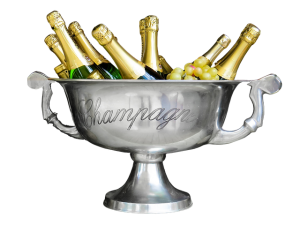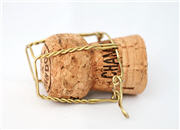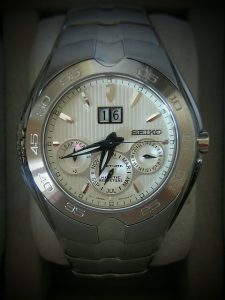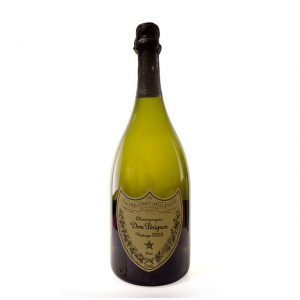Whisky Buyers Guide
Whisky is a traditional Christmas present, but if you are buying for a whisky affictionardo then you should understand that there is a considerable variation between types of whisky and taste is very subjective. No two whiskies will taste the same.
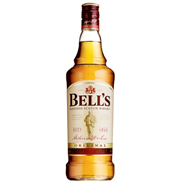
 Whisky is a traditional Christmas present, but if you are buying for a whisky affictionardo then you should understand that there is a considerable variation between types of whisky and taste is very subjective. No two whiskies will taste the same.
Whisky is a traditional Christmas present, but if you are buying for a whisky affictionardo then you should understand that there is a considerable variation between types of whisky and taste is very subjective. No two whiskies will taste the same.
The first thing to know is the difference between malt whisky and blended whisky. Malt is the superior type, and that is reflected in the price.
Malt Whisky
A single Malt refers to the fact that (in simple terms) the Whisky is made at a single distillery and is made from a single type of grain. For Scottish malts this will be malted barley. The whisky is distilled and aged in a barrel for a minimum of 5 years, but the better whiskies will be 8, 10, 12, 15 or more years.
The barrel the whisky sits in is what gives the whisky a characteristic colour and taste. Barrels may be new oak, but they may also be ones that sherry was made in thus giving a darker colour and different flavour. The area and manufacturing technique will also affect it and there are a number of Scottish regions associated with the taste, such as Highlands, Lowland, Islay and Speyside. Some malts are heavily smoked.
Unlike wine or brandy, once taken from the barrel into a bottle the whisky will not generally improve further. If you have a 10 year old whisky and keep it for 20 years, you still only have a 10 year old whisky. Whisky is a spirit with a high alcohol content, out of the barrel this may be well over 50%, but most distilleries regulate it to 40% in the bottle.
Malts offer fabulous tastes and make the perfect Christmas present to anyone who appreciates a good whisky. There are many world famous Scottish malts: Glenfiddich, Glenlivet, Glenmorangie, Laphroag to name just a few.
Blended whisky
Blended whiskies are made by mixing a number of malt whiskies from different distilleries together with cheaper grain whiskies. Blended whiskies are generally regarded as inferior to malts, cheaper but they can still be very good. Minimum time aged in the barrel is 3-years. Sometimes only malt whiskies are used in the blend and they are know as Blended Malts or Vatted Malts.
Famous Blends are Bells, Grants, Teachers, Chivas Regal, Johnny Walker and the Famous Grouse.
American Whiskey
Often called Bourbon or Rye whiskey (notice the added ‘e’ in whiskey), American whiskey is very different to Scotch whisky. Instead of barley, American whiskey uses rye or corn. You should note that whisky drinkers often tend to have a liking for one or the other and lovers of Scotch may not drink Bourbon and vice versa.
Popular makes are Jack Daniels and Jim Bean, but there are more and more Bourbons becoming available in the UK market.
Japanese Whisky
Japanese Whiskies can be oustanding in taste and quality. Try a Yamazaki, which you can usually pick up for the price of a good Scotch malt.
Irish Whiskey
With an ‘e’ variant spelling. Popular Irish whiskies are Jamesons and Bushmills Malt.
With or Without Water?
A popular question is whether you should add water to a good malt whisky. The answer is that it’s up to you. Some like it, others not. Don’t drown it or you’ll dilute the flavour too much, but a splash of water may enhance the taste and it will prevent high alcoholic whiskies numbing the tongue.
A traditional ‘Scotch on the rocks’ is usually a blended whisky with ice. Whisky can go cloudy when cooled, so some manufactures remove the chemicals that causes this. Purists argue this would also remove taste so don’t do this and mark the bottle non-chill filtered.
The only rules to worry about is don’t drink and drive, and stick to your limits.
Suppliers: Amazon Whisky Store![]()
